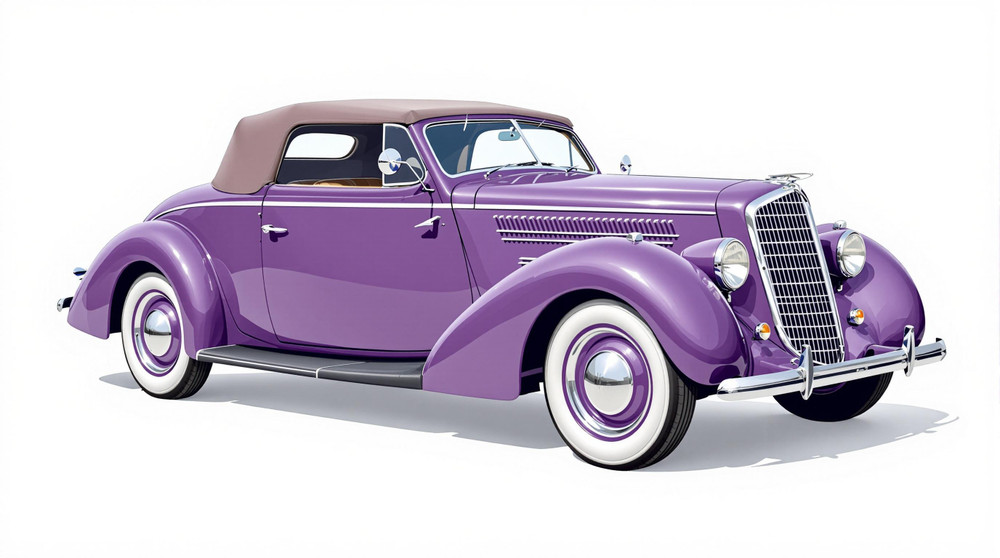Image of 1937 Graham Cavalier, Note: These illustrations use artistic license and may differ from actual historical models.
Performance Metrics
Fundamental Metrics
Emotional Appeal
MMP Rating
| Engine Specifications | |
|---|---|
| Engine Options: | Straight-6 |
| Displacement Range: | 217.8 cu in (3.6 L) |
| Horsepower Range: | Estimated 85-90 hp |
| Torque: | Not available |
| Compression Ratio: | Not available |
| Ignition System: | Battery and coil |
| Cooling System: | Water-cooled |
| Performance Specifications | |
| 0-60 Time: | Not available |
| 1/4 Mile Time: | Not available |
| Top Speed: | Estimated 75-80 mph |
| Transmission and Drive | |
| Drive Type: | Rear-wheel drive |
| Transmission Type: | 3-speed manual |
| Fuel and Efficiency | |
| Fuel System Type: | Carburetor |
| MPG: | Not available |
| Dimensions and Brakes | |
| Brakes: | Mechanical drum brakes |
| Wheelbase: | 116 in (2,946 mm) |
| Weight: | Estimated 3,200 lbs |
Note: Specifications for classic cars are given to the best of our ability, considering the limited and variant data available.
Unveiling the 1937 Graham Cavalier: A Testament to Pre-War Ingenuity
The 1937 Graham Cavalier is not merely a car; it's a rolling sculpture that encapsulates the spirit of innovation and elegance of its era. Born from the ambitious minds at Graham-Paige Motors Corporation, this vehicle emerged during a tumultuous period of automotive history, on the cusp of World War II. The company, founded by the Graham brothers in the late 1920s, sought to make a mark with advanced engineering and striking designs. The Cavalier was no exception, boasting a unique combination of style and performance that made it stand out from its contemporaries. One particularly intriguing fact about this model is its "Spirit of Motion" design, which gave it the nickname "Sharknose" due to its forward-thrusting grille and fenders.
Design and Innovation: The Art Deco on Wheels
The exterior styling of the 1937 Graham Cavalier was nothing short of revolutionary. Its streamlined body, with a prow-like grille that seemed to slice through the air, exuded motion even at a standstill. The car's silhouette was accented by curvaceous fenders and a gracefully sloping rear, epitomizing Art Deco design principles. Inside, occupants were treated to an interior that balanced luxury with practicality. Rich fabrics and thoughtful detailing spoke to the quality of materials used, while ergonomic considerations ensured comfort during travel.
Technologically, the Cavalier was ahead of its time, featuring innovations such as an optionally supercharged engine—a rarity for vehicles in its class. Color options ranged from stately blacks and blues to vibrant reds, with deep maroon being a popular choice for its sophisticated appeal. Body styles varied, but the sedan proved to be the most iconic, offering both style and functionality.
Historical Significance: A Legacy Cast in Chrome and Steel
The Graham Cavalier's impact on automotive design cannot be overstated. It challenged conventional aesthetics and pushed boundaries with its avant-garde appearance. This bold statement set it apart from competitors and left an indelible mark on the industry, influencing future generations of car designers who dared to dream differently.
Performance and Handling: A Symphony of Speed and Grace
Performance-wise, the Cavalier delivered respectable figures for its time. While top speed and acceleration data are scarce today, anecdotal evidence suggests it offered competitive performance. Handling was characterized by a smooth ride quality that absorbed road imperfections with poise—thanks in part to its advanced suspension system. Drivers often remarked on the pleasing hum of its engine and the tactile feedback through the steering wheel, which made driving the Cavalier an engaging experience.
Ownership Experience: More Than Just a Sunday Drive
The 1937 Graham Cavalier found its place as both a daily driver for those who appreciated its reliability and as a showpiece for enthusiasts drawn to its distinctive looks. Maintenance was typical for cars of the era; however, due to limited production numbers, finding parts today can be challenging.
Fun Facts: The Cavalier's Place in History
Despite not being as widely recognized as some other pre-war classics, the Cavalier holds its share of accolades. It's rumored that several high-profile individuals owned Cavaliers during their heyday. While it may not have set speed records, it certainly turned heads wherever it went—and still does at classic car shows today.
Collector's Information: A Rare Gem in Automotive Crowns
Today's collectors cherish the 1937 Graham Cavalier for its rarity and design significance. With production numbers believed to be limited (exact figures are hard to come by), finding one on the market can be akin to unearthing treasure. As for value range estimates, pristine examples could fetch anywhere from mid-five figures up into six-figure territory depending on provenance and condition—reflecting an appreciation trend among classic car aficionados.
Conclusion: Celebrating an Automotive Icon
The 1937 Graham Cavalier stands as a testament to pre-war automotive ingenuity—a vehicle that combined artistry with engineering prowess. Its legacy is one of boldness and beauty; a reminder that even in times of uncertainty, creativity flourishes. For those lucky enough to behold or own one today, it represents more than just a mode of transport—it's a piece of history crafted in chrome and steel.
1937 Graham Cavalier Catalog of Parts
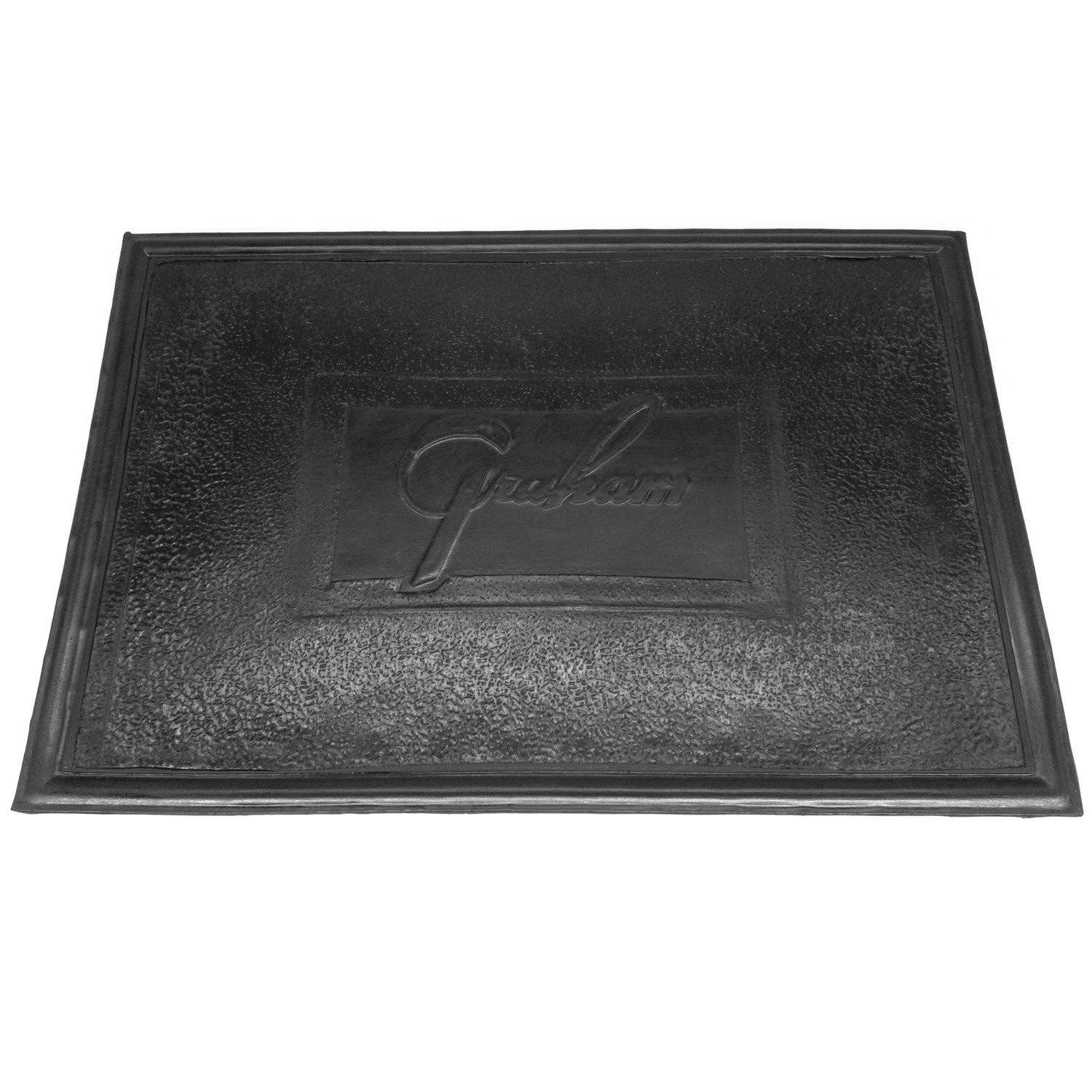 1937 Graham Cavalier Accessory Floor Mat - 12"X17"-AC 12Accessory Floor Mat - made of high quality black rubber with molded original emblem. Also designed to be sewn into new carpets. 12"X17", Each
1937 Graham Cavalier Accessory Floor Mat - 12"X17"-AC 12Accessory Floor Mat - made of high quality black rubber with molded original emblem. Also designed to be sewn into new carpets. 12"X17", Each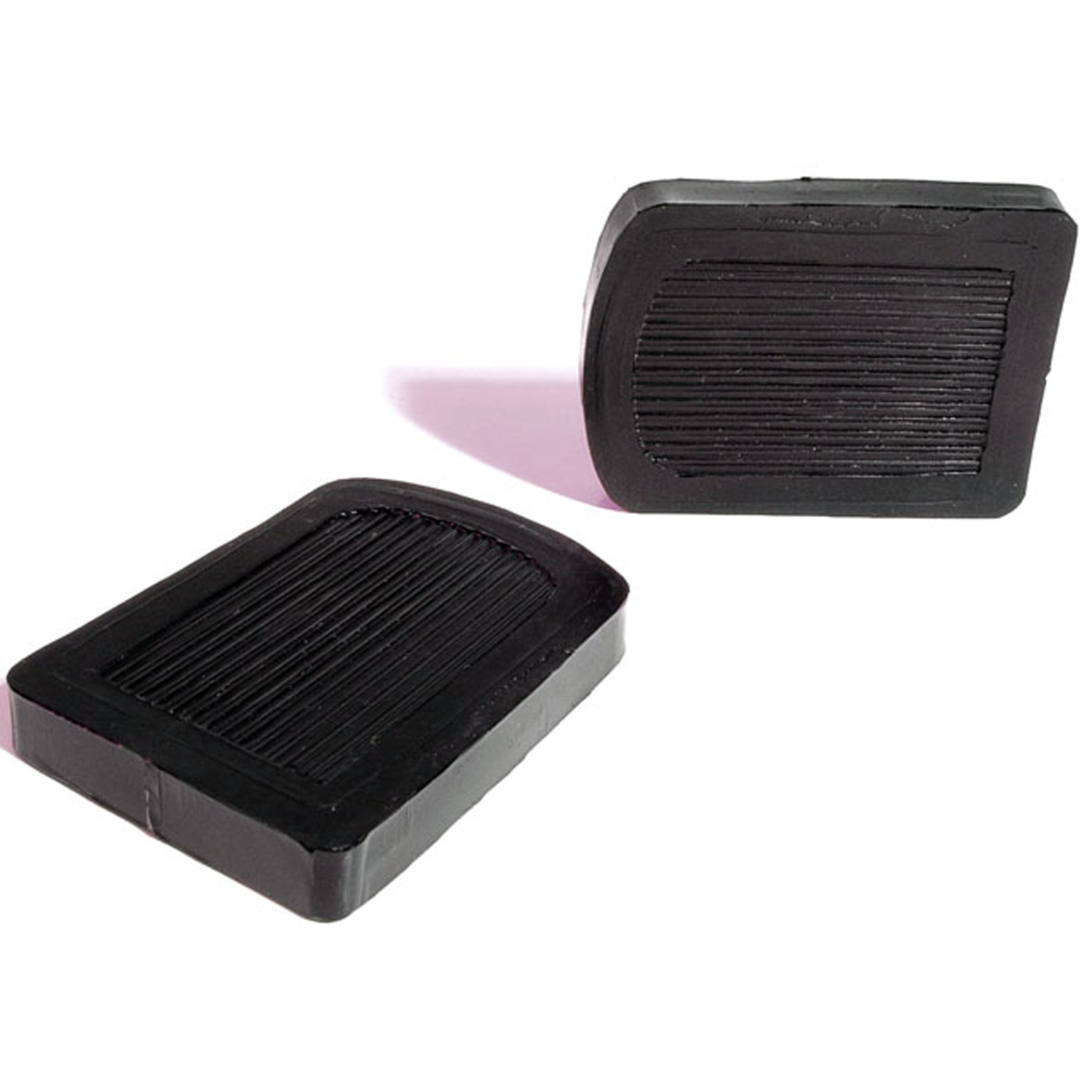 1937 Graham Cavalier Clutch and Brake Pedal Pads. 2-5/8" wide X 3-5/8" long-CB 25Clutch and Brake Pedal Pads. 2-5/8" wide X 3-5/8" long. Pair
1937 Graham Cavalier Clutch and Brake Pedal Pads. 2-5/8" wide X 3-5/8" long-CB 25Clutch and Brake Pedal Pads. 2-5/8" wide X 3-5/8" long. Pair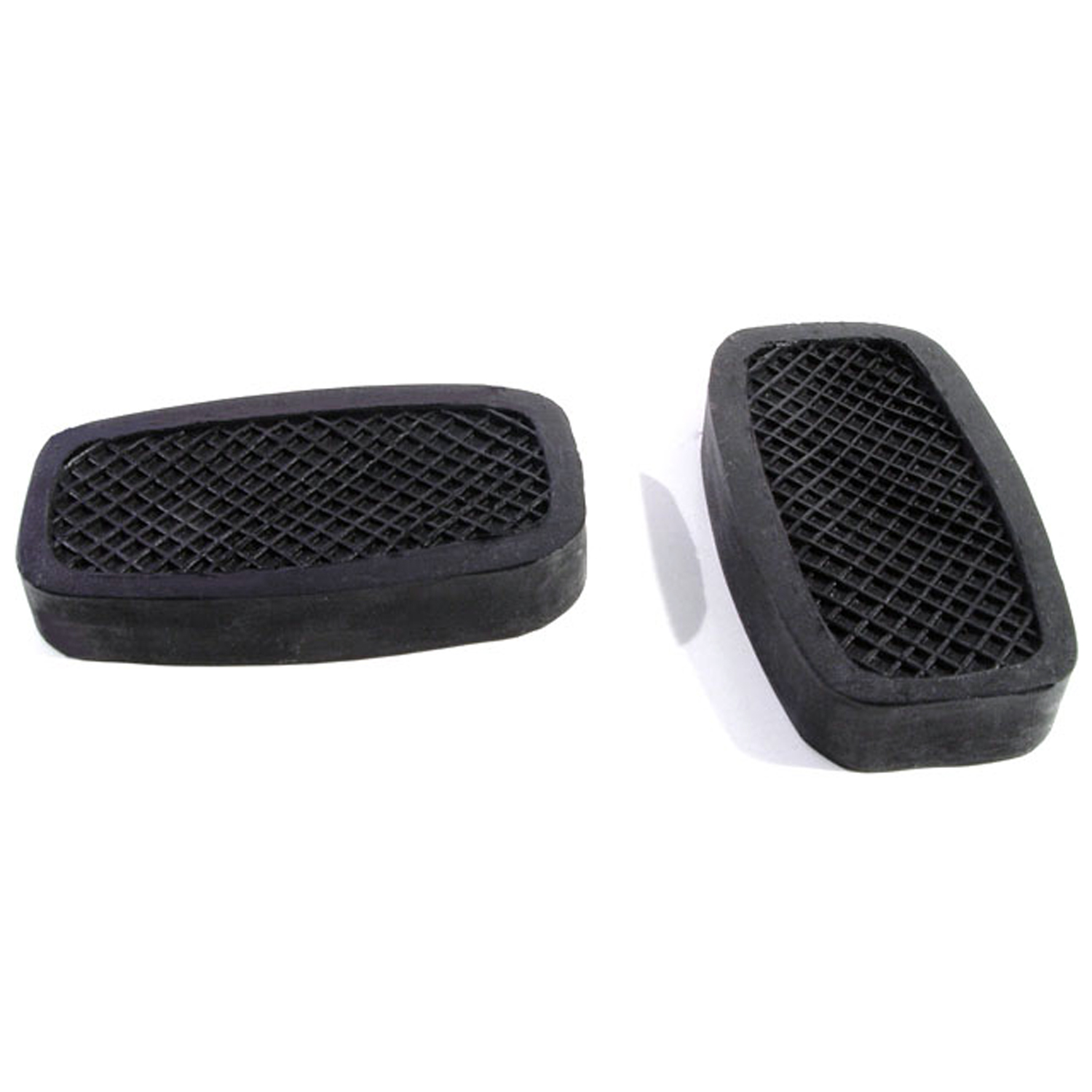 1937 Graham Cavalier Clutch and Brake Pedal Pads. 2" wide X 3-5/8" long. Pair-CB 46Clutch and Brake Pedal Pads. 2" wide X 3-5/8" long. Pair
1937 Graham Cavalier Clutch and Brake Pedal Pads. 2" wide X 3-5/8" long. Pair-CB 46Clutch and Brake Pedal Pads. 2" wide X 3-5/8" long. Pair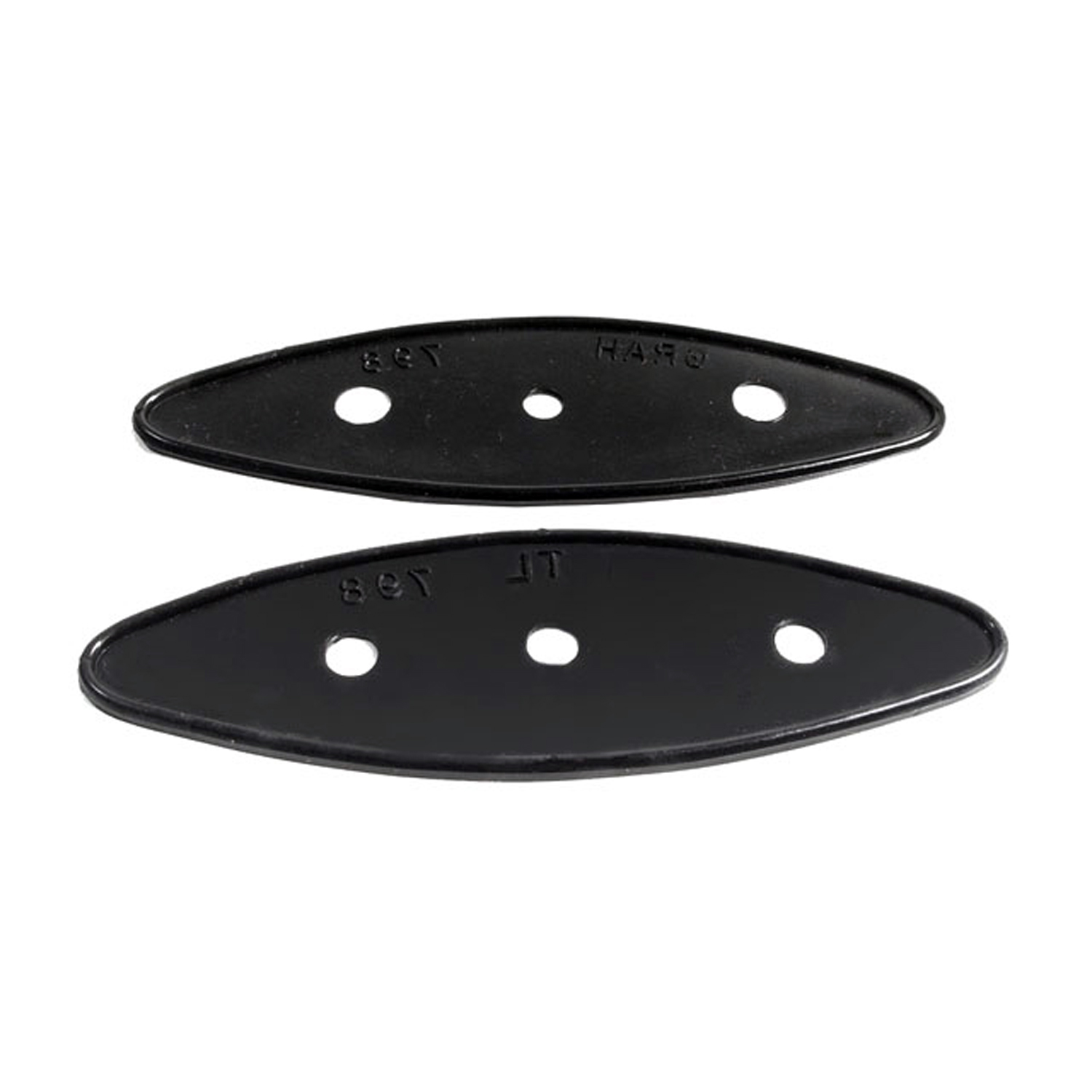 1937 Graham Cavalier Tail-light Pads. 1-7/8" wide X 5-7/8" long. Pair-MP 798Tail-light Pads. 1-7/8" wide X 5-7/8" long. Pair
1937 Graham Cavalier Tail-light Pads. 1-7/8" wide X 5-7/8" long. Pair-MP 798Tail-light Pads. 1-7/8" wide X 5-7/8" long. PairWhy Choose Metro?
For over 100 years, Metro Moulded Parts has been the pinnacle of quality in classic car restoration parts. Our commitment to precision and authenticity in every component ensures a perfect fit and an OEM-level appearance.
- Expert Craftsmanship & Quality: Each part is a testament to our dedication to reliability and perfection, crafted from original designs and thoroughly tested.
- Advanced Technology: We use cutting-edge techniques to create flawless, long-lasting parts that surpass others in performance.
- SuperSoft Sponge – The Ultimate Door Seal: Not only are our door seals 30% softer than competitors', but they're also guaranteed to never leak. They effectively reduce wind and road noise, enhancing your classic car's comfort and driving experience.
- Proudly American: Our parts are a product of American craftsmanship, made in the USA with a spirit of excellence and heritage.
- Unrivaled Warranty: We back our products with a 30-year industry-leading warranty, a testament to our confidence in their quality.
Join us in preserving the legacy of classic cars with parts that are crafted for perfection, not just made.

